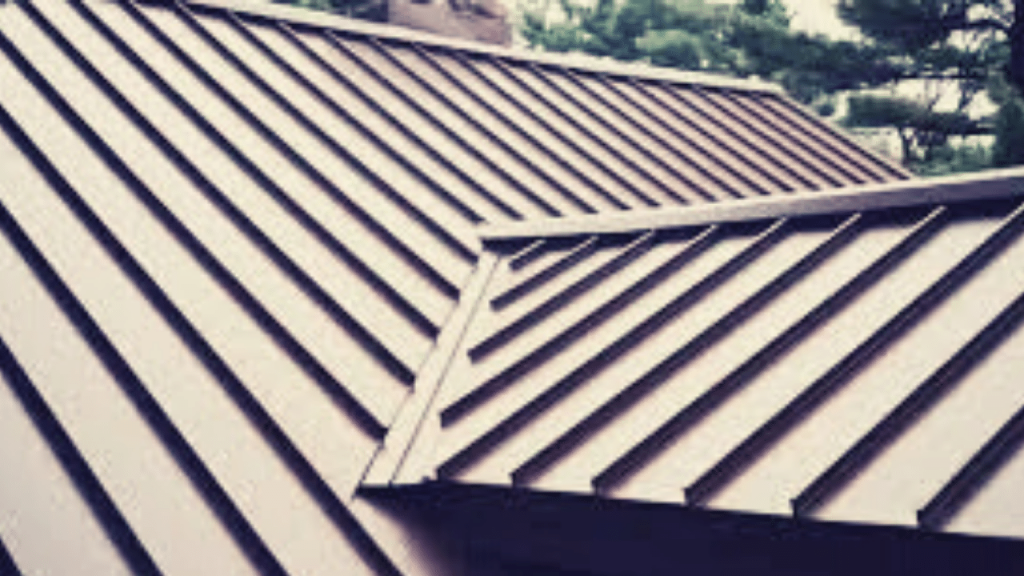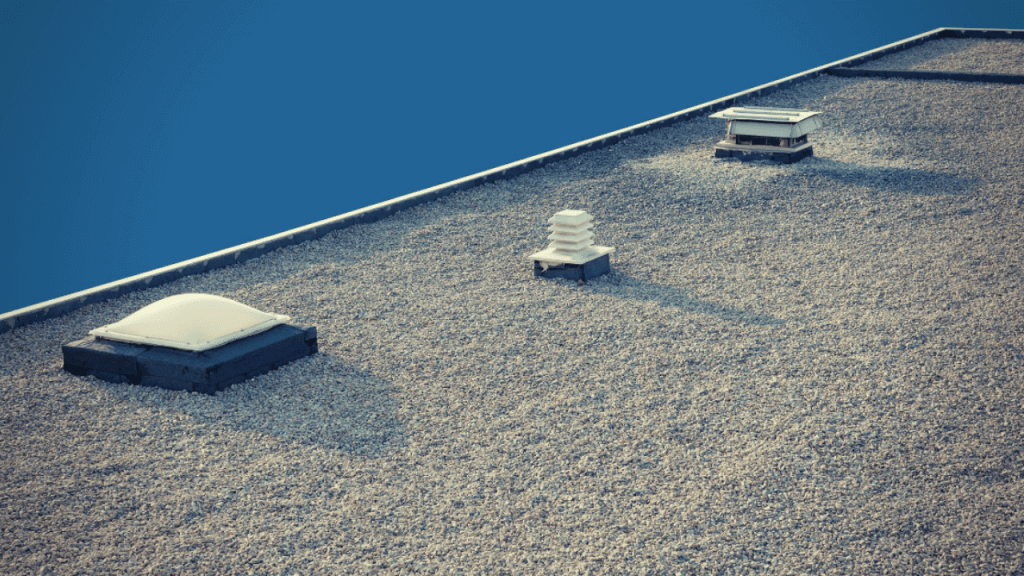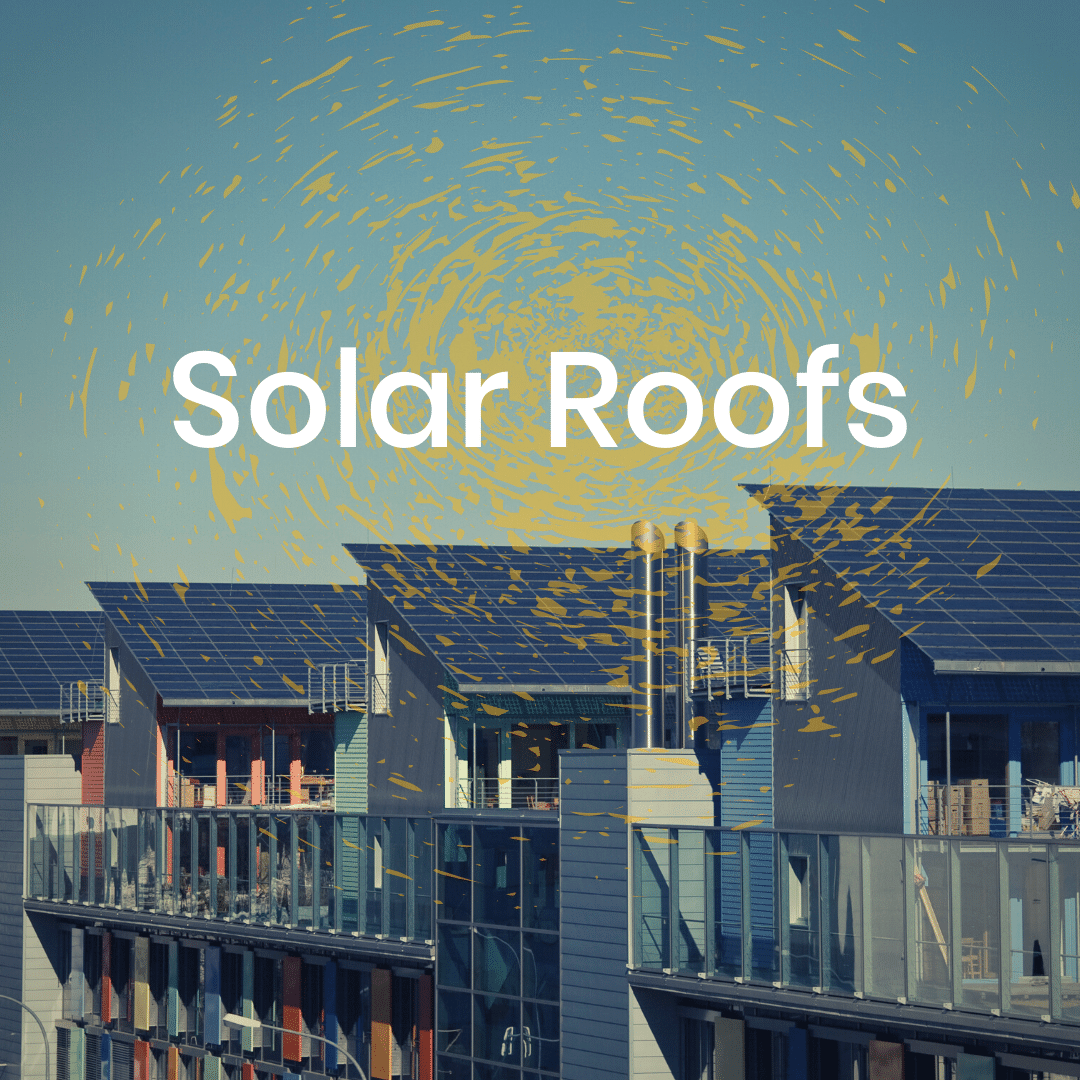The last decade was a revolution for homeowners and commercial space owners to leverage the potential of solar panels.
People are inching towards adopting clean energy and producing electricity with solar panels to ensure the revival of the environment. Ultimately, the electricity bill is reduced, and more money is saved.
Keeping that in mind, there is a strong urge to install solar panels today! But people are not sure about which roof types for solar would be optimal for installing solar panels.
Most home and commercial space owners look for roofs as an ideal option to install solar panels. It is because that’s the easiest option to host and not to worry about finding land elsewhere for their solar energy systems.
Therefore, this article intends to inform you of some of the best roofing materials that will go well with solar panel installation.
Residential Roof Types For Solar
As stated above, most roofing materials are suitable for installing solar panels. But some of them are quite optimal, as in easy, in terms of installing solar panels.
Therefore, here are the 6 roof types for solar panel installation that you generally use for your homes.
1. Asphalt Shingles

Asphalt shingles are among the most common and preferable types of roofing materials that people use for their housing needs. In addition, these materials are accountable for being the best for solar panel installation.
Installation of solar panels over this material is convenient by drilling studs into the roof and attaching the mounts.
The space that is left between the studs and the panel is sealed with the use of flashings. It is to prevent water from entering your home through the roof.
Asphalt shingles have a great life span and offer adequate protection to the house. In addition, it can efficiently hold the solar panels until there are ideal support structures for the roofing.
It is better to do the roofing work by introducing new asphalt shingle roofing panels before installing solar panels.
Solar panels have a long lifespan of up to 25 -30 years. But if your roof has only 10 years of life span left before it wears out, it is better to replace them to make it long-lasting with solar panels.
When the asphalt shingle roof material ages, it develops an eroding material upon it. And that might endanger the solar panels and their longevity.
There are dedicated solar roof shingles available that you use as immediate roof tiles with solar panels embedded upon them.
2. Metal

You can also seek to have a standing seam metal roof over your property. If you have it, then you probably have the best candidate for installing solar panels.
The purpose of standing seams is to ensure that you can eliminate the necessity of drilling to attach the solar panels. Hence, you will save on the labor cost!
In addition, the metal roofs come with additional reflection potential over the areas where the sun doesn’t hit the panels.
Hence, your house will be cooler with the installation of metal roofs. Apart from that, the solar panels installed over the metal roofs will last longer without any deterioration to the functionality.
The availability of standing seams makes it pretty much easy to arrange the solar arrays conveniently. In addition, these roof panels are made up of recyclable material that makes them eco-friendly.
Engineering Supervision:
While selecting the solar metal roof for your installation purpose, make sure you check with the solar panel installer to determine the thickness of the metal and whether it is rated for roofing clamps.
You will need an engineer to check whether the roof is connected to sufficient rafter or trusses for support.
As the panels are raised a bit from the roofing panels, there is a scope of uplift forces. Hence, if this condition is not properly looked after, it could lift the roof and panels off the structure.
3. Tar and Gravel Roofs

Most of the tar & gravel roofs are accountable to be flat! But they are still the best candidates to install solar panels upon it.
But, in the pursuit of using this flooring, you need to ensure that the panels are installed at a 30-degree angle to ensure optimum electricity production. And you might need some additional hardware for the purpose.
You can prefer adding an extra layer of asphalt to the flat roof panels made of tar & gravel to offer great support to the rooftop solar arrays. Moreover, this inclusion will also help you with the prevention of cracks & leaks.
What Are They Made Of?
These types of tile roofs are made up of sheet layers attached to hot tar, and roofing felt. You will need additional brackets, as there is a possibility of a lack of pitch.
If the structure has the potential of withstanding additional weight, then there is a possibility to seek ballasted, racking, and non-penetrating solution.
Ballasted Type Solar Array:
The ballasted type solar array is typically down-weighed with concrete tiles that are specifically engineered for a specific climate.
It is most preferred for the areas that freeze very often. Therefore, you need to use a specific type of concrete tile to ensure that it won’t break over time.
With respect to the snow and wind loading, the ballasted solar arrays can add up to around 12 psf (Pounds per square foot) to the roof.
If the tar & gravel roof is inefficient to hold additional load or weight, then a mechanical solar racking system will be attached to the roof.
If not, a hybrid installation of solar panels system with ballasted and mechanically attached solar arrays might be an adequate solution.
4. Tiles

The solar panels cost increases when you intend to install them on your tiled roofs. You can go with slate, clay, or concrete tiles that are ideal for installing solar panels.
The tiles of these materials are accountable to be a bit more waterproof and can last longer than that of others.
Installing Roof Tiles:
While the solar panel installation process, the tiles need to be removed! It is to ensure that the tiles do not incur breakage or damage.
The feet of the solar panels will be fastened directly to the base of the roof. It is to ensure proper fastening.
Price Varies For Different Tiles:
Tiles themselves are made up of diverse materials. Also, the price of different roof tiles varies depending upon their quality and longevity. For instance, clay is quite expensive than concrete tiles.
Therefore, consider your budget and pick whether the concrete tile roofs, ceramic tile roofs, clay tile roofs, or others.
It is a labor-intensive roofing option for installing solar systems, and you need to have extra tiles as spare for replacing any broken tiles.
5. Composite Roofs

Composite roofing is the most common roofing material, as of general preferences.
The composite shingles utilized for the roofing purpose consists of cellulose or fiberglass mat. In addition, asphalt and other such minerals are added to strengthen the composite roofing shingles.
Hence, the final product is then ready for installation onto your roof. Composite roofing comes at a cheaper cost, adds flexibility to the look, and ensures durability.
Therefore, the composite roof type is accountable for being one of the best types for solar panels.
6. Wood

Wood is preferably the last roof type that you would consider for your home or commercial space. However, they are quite common as they give out a traditional appeal to the house or property.
The use of wood might result in a flat roof! Therefore, the specific roof installation will depend upon the structuring of the wooden roof.
In most cases, this should not be your priority in terms of installing solar panels. It is because there might be a safety compromise during fire scenarios and other such adversities.
If you want it for an appealing look, you definitely can! But you need to be very careful about preventing hazardous situations from taking place.
Best Commercial Roof Types For Solar Panels
1. Commercial PVC Type Roof
The advantages of using PVC[2] roofs for your commercial spaces include enhanced durability, fire-retardant features, and long-lasting attributes.
All of the membranes of PVC roof types are tested to repent flame and have the ability to self-extinguish.
Moreover, the commercial PVC-type roof is also resistant to moisture, chemicals, and winds, making it an outstanding pick for installing solar panels. This roofing material is also resistant to tear and puncture.
Insulation and reflective properties make it highly efficient for energy savings. In addition, you will experience a reduction in cost to heat & cool.
The upfront cost is definitely higher for this in comparison to other roof-type materials. But the price is worth the quality!
2. Commercial Retrofitting Metal Type Roof
The use of metal will prove to be the greatest extension of the roof’s life. Retrofitting attribute is eco-friendly, and due to less scrap material being used, it doesn’t end up as landfill waste.
The advantage of using this material is that they prefer to reuse your current insulation aspects of the roof.
Following that, the dedicated membrane also has its own set of insulation. It saves your energy expenses and maintains the temperature of the building.
Metal roofs on commercial spaces make it last for around 30 to 60 years, depending upon the maintenance that you offer. Retrofitting is cost-effective in comparison to general metal roofs.
3. Commercial EPDM Type Roof
EPDM[2] is the best roof for solar that is blacked out but also comes with a white coating. It intends to help reflect the direct sunlight and the heat and increase the production potential of the solar system.
This material easily stretches to fit over the roof seamlessly. This roof type has been suggested by the solar industry for 60 years. Hence, these types of roofs have a good record of successful installations.
4. Commercial Thermoplastic Polyolefin (TPO) Type Roof
The thermoplastic polyolefin[3] is available at a cheaper cost. They are durable and flexible to allow you to custom fit them from edge to edge.
Hence, it helps stretch the material for adapting to the movement of the building and its further setting.
Best Roof Pitches For Installing Solar Panels
1. Flat Roofs
Flat roofs allow easy installation! They are less visible from the streets and demand easy maintenance, as you can walk over them easily.
2. Low-Sloped Roofs
These pitches demand less area for fitting the solar shingles or roofing tiles. It puts up an easy & safe condition for the roofers to work upon. Water runoff is permissible and easy over these pitches.
3. Pitched Roofs
The increased slopes offer greater water, snow, and debris runoff. There is a low risk for the build-up of water that probably leads to mold damage and leaks.
Things To Consider Before Choosing The Ideal Roofing Material
Apart from the purpose of installing solar panels, the roof will be the shed for your house or commercial space.
Therefore, you need to be very precise while choosing a roof for solar panels and adding a durable & appealing structure to the house.
Therefore, here are some of the crucial things or factors that you must consider to pick the right roof materials that are adequate for your diverse purposes of solar installation, safety concerns, long-lasting property, and others.
1. Style Of Building Or Home
The architectural build or style of a house or commercial building will dictate the type of roofing materials you should pick. Asphalt shingle roofs are highly preferable for homes and buildings of all times.
Moreover, if your house has a retro or historic style, it is better to go with tile roofs. In the process, you can make use of clay roofs, concrete roofs, and others.
If you are looking for roofing solutions for your commercial spaces, you must go with either metal roof types for solar or built-up type roofs to add style statements to the buildings.
2. Roofing Application
You need to count on the application that intends you to change the existing roof materials. For example, you need to decide whether you want to install solar panels or replace the older tiles to give a renovation charm to the building or home.
Some of the applications, such as solar panel installation, demand the use of optimal roof types. It is because inadequate roofing material will make it difficult for the solar panels for a long time.
Apart from that, if your existing roof maintenance cost is higher today than yesterday, you must count on replacing them on priority.
Therefore, you can go with a new roof that can be approached by utilizing the existing materials or composition of the roof structure.
3. Functionality
The roof pitch that you possess determines the functionality of the roofing shingles. For example, suppose you have a steep type of roof pitch, then you should prioritize cedar shingles.
Avoid using wood for the purpose in such conditions, as they shed water faster!
Apart from that, if your roof has more edges or corners, then slate-type 1 roofing could be appropriate for the purpose. But as the functionality is being discussed, you also need to consider the type of new roof that goes well with your solar panel installation needs.
Therefore, slate tiles are not an ideal pick for solar panel installation. To make your roof compatible with installing solar panels, you must stick to the roofing materials highlighted above.
If you are dropping the idea of preparing your roof for solar panels, you can go with other usual roof types. But till then, prefer only the materials that are compatible to withstand solar technology.
4. Energy Efficiency
It is evident that you are saving a lot of costs on your energy bills. Implementing solar panels onto any type of roof stands as energy-efficient inclusion. But apart from that, a roofing system can solely help you minimize the energy costs.
The energy-efficient asphalt shingle roofs will help you determine how much energy you save. And this will help you save a lot on your electricity bills.
These types of efficient roofs repel heat during summers to keep the room cool and suppress the need for air conditioners. Similarly, they keep the house warm during winters to save the energy utilized by room heaters.
By picking the right type of roof to install solar panels, you will generate the source of pure energy that will make your house efficient upon energy.
And in the pursuit, you will understand how much electricity you generate with this pure source of energy.
Hence, you will be able to make your own pathway of reducing energy bills at the end of every month. Solar systems are one-time investments for long-term saving.
So, make sure that you are adapting this source of generating renewable energy for your home.
Conclusion:
You must have got detailed information about the type of roofing materials you need to choose to install solar panels over your house or commercial building top. Keeping in mind the structure of your house and budget, opt for the one that best suits your needs.

